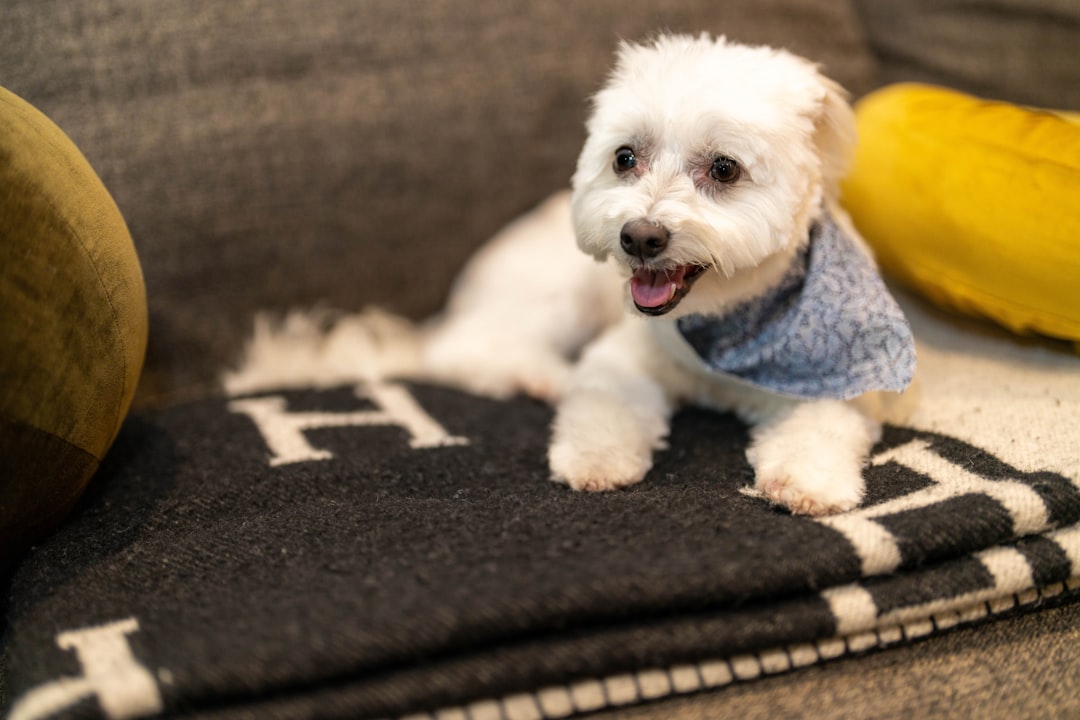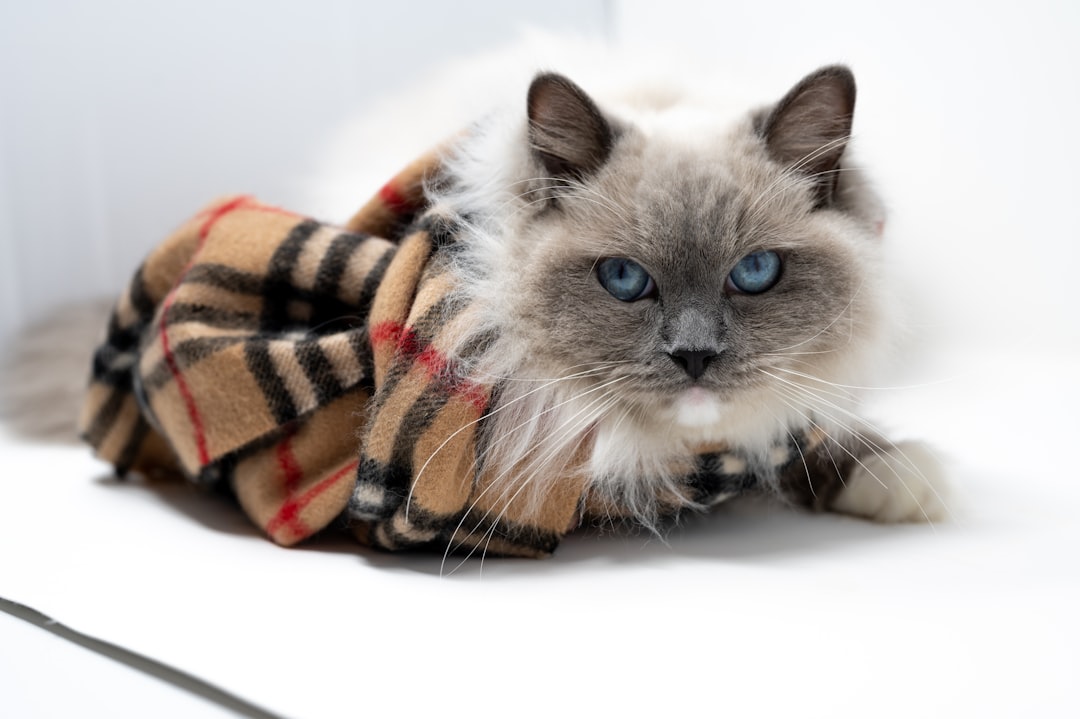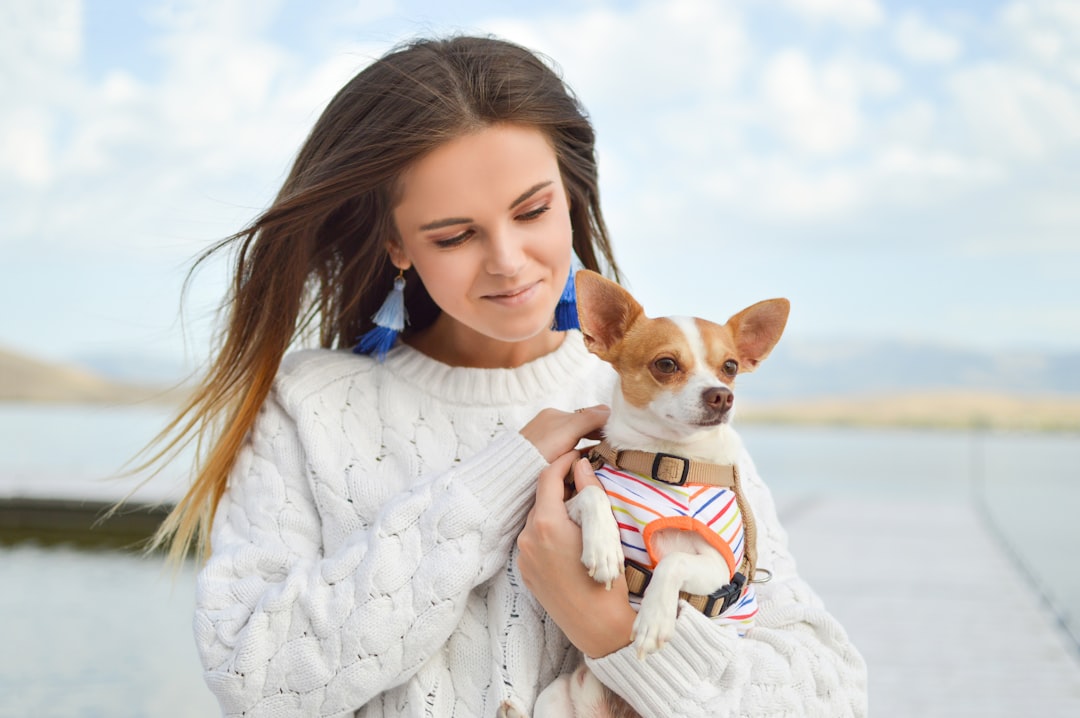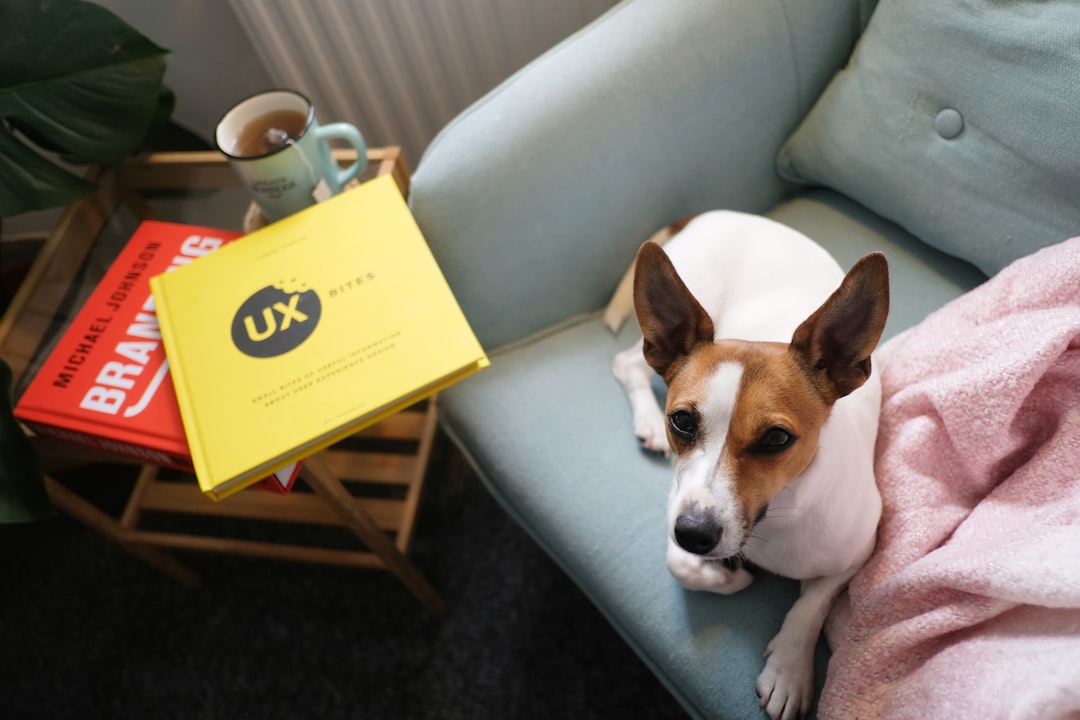

Engage prospects with a scan and streamline customer engagement with FREE QR code marketing tools by Sona – no strings attached!
Create a Free QR CodeFree consultation

No commitment

Engage prospects with a scan and streamline customer engagement with FREE QR code marketing tools by Sona – no strings attached!
Create a Free QR CodeFree consultation

No commitment
The designer pet clothing brands market has blossomed into a booming sector, with pet owners seeking luxury, eco-friendly, and custom outfits that reflect both style and functionality. See the Gucci pet collection for inspiration. As the market heats up, brands consistently face frustrating barriers: missing high-value prospects who never fill out website forms, losing track of customer engagement after product browsing, and allocating budgets to campaigns that do not translate to meaningful relationships or measurable growth. Old-school offline tactics like printed product brochures or static in-store displays often leave brands blind to who is engaging and what really drives future sales.
QR codes are redefining possibilities for designer pet clothing brands by bridging the physical and digital divide. With just a single scan, pet lovers can be transported from a boutique label on a luxury pet sweater to exclusive styling videos, digital loyalty sign-ups, or even eco-friendly care instructions. This digital bridge makes it possible to connect anonymous touchpoints to known customer profiles, turn fleeting interest into actionable data, and enrich every interaction with trackable, personalized experiences. The result is measurable impact for marketers and delight for customers.
This article explores strategies for deploying QR codes in designer pet clothing brands to drive customer engagement, close the gap on lost opportunities, and unlock growth by replacing slow analog workflows with scalable, insights-driven touchpoints. Learn how leading brands overcome challenges like missed segmentation, anonymous website traffic, and incomplete CRM data, and how modern technologies turn every scan into a lasting relationship.

Designer pet clothing brands routinely struggle to capture and nurture prospects who express interest but never complete a purchase or sign-up. This often happens because offline materials do not offer a compelling call to action or an easy digital handoff. QR codes empower brands to bring digital immediacy and measurability to touchpoints where luxury buyers make decisions: product tags, packaging, event signage, pop-ups, and in-store displays.
Instead of relying on outdated brochures, paper forms, or static lookbooks, QR technology provides instant access to product details, sizing guides, limited collections, Google reviews, loyalty enrollment pages, and sustainability stories. This engagement feeds real-time intent signals directly into a centralized CRM, so high-value prospects are not lost in the shuffle. By designing QR experiences that match your audience’s motivations, you can guide shoppers from curiosity to action, then to loyalty and advocacy.
By making every scan an active data point, brands turn what used to be one-time transactions into scalable, insight-rich engagement journeys that grow over time.
Bold analog-to-digital upgrades you can make immediately:

In designer pet clothing, offline touchpoints define the customer experience. Shoppers want to touch fabrics, see stitching, and imagine how a piece complements their pet’s personality. Yet many prospects browse, compare, and even fall in love with products, then leave without providing contact details or expressing deeper intent. Because traditional signage and printed materials cannot capture these interactions, high-value prospects go untracked and opportunities to build meaningful relationships are missed.
QR codes solve this gap by creating digital on-ramps at critical moments. A scan makes it effortless to move from curiosity to action, then to ongoing engagement. For specialty brands that rely on craftsmanship, sustainability claims, and limited editions, QR codes add proof, context, and immediacy that make decisions easier and follow-up smarter. These are already common in smart pet ID tags.
When you pair these benefits with identity resolution, consent capture, and automated workflows, every scan becomes an accelerant for your growth strategy.
Not all QR codes are created equal. The right format should match your objective and the context of the scan. In designer pet apparel, consumers respond best when the destination feels exclusive, helpful, and aligned with the brand’s aesthetic.
Modern solutions like Sona QR centralize creation, management, and tracking. You can run many formats side-by-side, switch destinations on the fly, and view unified performance analytics.

Growth comes from meeting customers where they already are and making it easy for them to take the next step. In designer pet clothing, you have many tactile touchpoints that are perfect for QR augmentation.
Each of these placements turns previously invisible interest into actionable data. Over time, you will see patterns by product, time of day, location, and audience type that inform merchandising and marketing.

QR codes become powerful when they unlock clear value for shoppers, while simultaneously giving your team the data needed to drive follow-up.
To deepen the impact, build automation behind each use case. For example, a shopper who scans a couture harness tag can receive a lookbook email within 24 hours, followed by a limited-edition accessory recommendation if no purchase occurs.
Many brands cannot see intent signals until a purchase occurs. This leaves a blind spot where high-fit prospects show strong interest in-store or at events but never cross the digital threshold. A QR-led approach fixes this by converting offline moments into trackable, segmentable actions.
Start by deploying unique codes across the journey, then segment audiences by behavior, product, and context. Map scan data to your CRM and ad platforms so you can orchestrate timely follow-ups. Over time, you will build differentiated segments such as couture collectors, seasonal trend-seekers, eco-conscious buyers, gift purchasers, and new pet parents.
For designer pet clothing, two practical distinctions are especially valuable: high-spend couture buyers versus everyday essentials shoppers, and sustainability-oriented buyers who prioritize eco-friendly materials. Let these distinctions guide your creative, incentives, and frequency.
Disconnected messaging and siloed data often leave pet clothing brands with a fractured view of the buyer’s journey. Budget gets spread across many channels without a clear signal of what is working. QR codes, strategically placed, bring order to the chaos and add measurement to previously opaque touchpoints.
Use QR codes as connective tissue across your mix. A direct mailer can lead to a fitting appointment, in-store hangtags can drive loyalty sign-ups, and pet influencers unboxing videos can link to an exclusive accessory offer. When all scans flow into one analytics view, you can coordinate storytelling and pace customer engagement to match real behavior.
With a centralized platform like Sona QR, you can manage all these codes, monitor performance across channels, and sync scan data to your CRM and ad platforms for a connected experience.
Start with one clear goal that matters to your business, then select a use case that creates immediate value for the shopper. For example, allow VIPs to access a limited-edition designer pet jacket at an event via a QR code. Even if they do not purchase on site, you capture qualifications and preferences for follow-up.
Choose between static and dynamic codes based on your need for flexibility and analytics. In most cases, dynamic codes are recommended because they allow tracking, personalization, and destination changes without reprinting.
Start creating QR codes for free.
A beautiful code that is hard to scan will not deliver results. Follow visual best practices, then test in real-world conditions to ensure reliability.
Place codes where intent is highest and where you historically lose track of prospects. Prioritize areas that regularly spark questions or require guidance.
Measurement turns QR codes from a novelty into a growth engine. Monitor scans, conversions, and drop-off points so you can refine messaging and placement.

A longstanding gap in designer pet clothing has been the lack of granular analytics tying offline experiences to loyalty and revenue. When you cannot attribute outcomes to specific displays or packaging, it becomes hard to justify spend or refine creative. Sophisticated tracking solutions now close this loop so you can connect scans to sales, retention, and lifetime value. For a framework, see Sona’s blog post The essential guide to offline attribution.
With Sona QR and Sona.com, you can turn raw engagement into actionable insight. Track the who, what, where, and when of every scan, then unify that activity with website visits, email clicks, and CRM events. The result is a single view of progression from first touch to purchase readiness.
When analytics inform creative and placement, you can create a virtuous cycle of testing, learning, and scaling.
Once your first codes are live, small refinements can produce outsized gains. Focus on making the benefit of scanning obvious, the experience fast, and the follow-up automatic.
Two deployment examples to inspire your next test: include a QR inside thank-you cards that unlocks a referral reward for sharing a pet outfit photo, and place codes on grooming appointment cards that link to a style concierge, then segment by grooming frequency and pet size.
QR codes have revolutionized how designer pet clothing brands engage their audience, turning every label, sign, and shopping bag into an interactive point of connection and insight. Where brands once lost track of high-value prospects and suffered from incomplete segmentation, now every scan offers instant access to style inspiration, loyalty programs, and eco-conscious product stories. At the same time, teams collect the data needed to validate spend, refine creative, and personalize follow-up with confidence.
Designer pet clothing brands are uniquely positioned to capture the imagination of pet owners who care deeply about style, quality, and individuality. By integrating QR codes throughout physical and digital touchpoints, brands overcome persistent challenges such as missed high-value prospects, anonymous engagements, and disconnected campaigns. With platforms like Sona QR, you can generate and manage codes, monitor performance, sync scan data to your CRM, and attribute revenue through Sona.com. The result is a seamless journey that blends tactile luxury with effortless digital interaction, leading to measurable growth, richer audience insights, and customer experiences that foster long-term loyalty and innovation.
QR codes have revolutionized the designer pet clothing brands industry by transforming traditional product labels and packaging into interactive, measurable engagement points. Whether it’s attracting new pet owners, enriching the customer experience through exclusive content or personalized offers, or gaining valuable insights into shopper behavior, QR codes enable brands to connect with their audience in innovative ways that drive loyalty and sales.
Imagine instantly knowing which designs or promotions resonate most with your customers and being able to update campaigns on the fly—without reprinting tags or packaging. With Sona QR, you can create dynamic, trackable QR codes that link every scan to real revenue and customer data, turning each interaction into a high-impact marketing opportunity. Start for free with Sona QR today and elevate your designer pet clothing brand by making every scan count toward growth and engagement.
The Gucci pet collection is an example of a popular designer pet clothing brand offering luxury and stylish options.
Look for luxury, eco-friendly, and custom outfits from designer pet clothing brands that use digital tools like QR codes to offer exclusive styling videos, sizing guides, and limited collections.
You can purchase high-end designer pet clothing through brand websites such as Gucci’s official pet collection online store.
Trends include luxury craftsmanship, eco-friendly materials, custom embroidery, sustainable care instructions, and interactive digital experiences accessed via QR codes.
Use interactive size guides often accessible via QR codes on product tags or in-store signage that provide breed-specific sizing examples and fit assistance.
QR codes connect physical products and displays to digital content like styling videos, loyalty sign-ups, and eco-friendly care instructions, enabling measurable customer engagement and personalized follow-up.
Place QR codes on product labels, packaging, in-store signage, event badges, direct mail, and social media to drive customer actions such as appointments, loyalty enrollment, and feedback.
QR codes generate real-time intent signals that feed into CRM systems, allowing brands to segment audiences, trigger personalized follow-ups, and attribute sales to specific campaigns.
Common formats include web links to lookbooks, forms for style preferences or RSVPs, vCards for stylist contacts, social profile links, and dynamic codes for updating destinations without reprinting.
By deploying unique QR codes at different journey stages, tagging scans by intent and product, segmenting by location and timing, and syncing data to CRM and ad platforms to orchestrate targeted follow-ups.
Use clear, benefit-led calls to action, brand-aligned colors with sufficient contrast, proper sizing and white space, and test codes under real-world conditions for reliability.
QR codes allow shoppers to instantly access digital content from physical touchpoints like hangtags and displays, preserving shopping intent and enabling seamless transitions between offline and online engagement.
Dynamic QR codes allow brands to update landing page content, personalize experiences by location or time, perform A/B testing, and track engagement without reprinting codes.
By tracking scans by time, device, location, and campaign source using platforms like Sona QR, then analyzing conversion rates, revenue attribution, and engagement by channel.
Replace paper loyalty cards with digital sign-ups, printed care guides with dynamic videos, appointment books with mobile scheduling, and static lookbooks with shoppable catalogs.
Educate staff to explain scanning benefits using simple scripts and reinforce with clear tabletop signage, combining human interaction with visual prompts to encourage scans.
QR codes connect offline and online channels by linking print collateral, social media, direct mail, digital signage, and events into a unified, measurable customer journey.
By syncing scan data with CRM systems to trigger automated emails, style recommendations, appointment offers, or loyalty rewards based on the scanned product or campaign.
Use Sona QR's trackable codes to improve customer acquisition and engagement today.
Create Your FREE Trackable QR Code in SecondsJoin results-focused teams combining Sona Platform automation with advanced Google Ads strategies to scale lead generation

Connect your existing CRM

Free Account Enrichment

No setup fees
No commitment required

Free consultation

Get a custom Google Ads roadmap for your business






Launch campaigns that generate qualified leads in 30 days or less.
